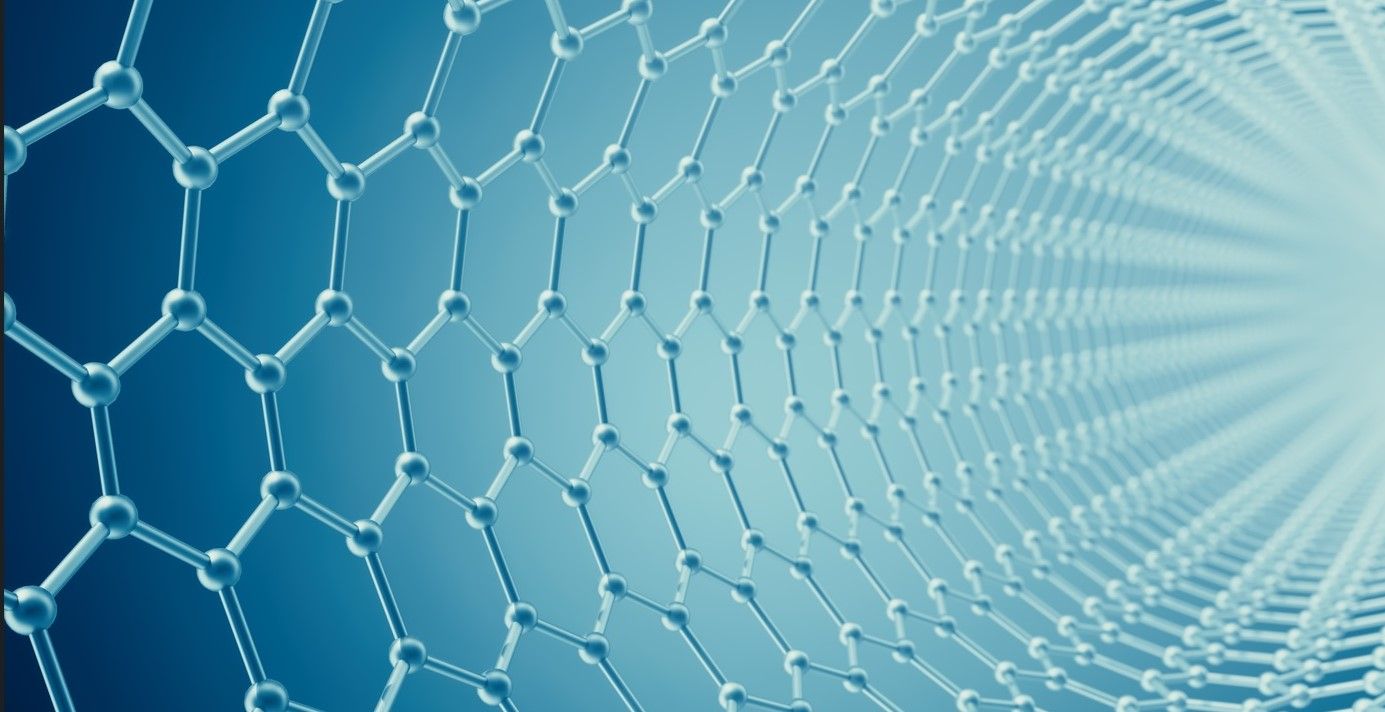Aramid Polymer Fibre Gains Electrical Conductivity from Nanotech
Nanotechnology researchers have made a discovery which will have a significant impact on the super fibre market.

Aromatic polyamide is about to get an electrically conductive boost through the smart application of nanotechnology - a breakthrough first for conventional aramid fibres.
Ever since their invention a little over 30 years ago, nanomaterials have been successfully applied to polymers as a means to improve their properties. Applying nanotechnology into polymers is an exact science, but one which can frequently be moved from the laboratory to the factory with relative ease.

This has made the use of nanoscale substances, such as carbon nanotubes, as a raw material a widespread practice. Nanotechnology allows for the strength, durability, flexibility, electrical or thermal conductivity, and chemical or UV resistance of a polymer to be increased, reduced, added, or removed.
However, the application of carbon nanotubes in the manufacture of polyaromatic amide has for a long time remained a challenge due to stress concentration, interface delamination in the nanocomposites, and imperfect dispersion (thanks to aramid’s extremely low dispersibility). Additionally, the high cohesive energy of both carbon nanotubes and polyaromatic amide (the result of a strong inter-tube interaction and close aromatic stacking) has been a prohibitive obstacle in nano-to-macroscale co-assembly.

These issues have now been solved by nanomaterial specialists at the Korea Institute of Science and Technology (KIST) who have able to successfully combine aramid with carbon nanotubes in an economically viable process.
As so often happens in polymer science, the leap from lab to industrial production was inspired by nature – in this case the humble silkworm.
As the KIST press release explains, “By utilizing the liquid crystal phase, silkworms produce high-strength fiber using high-concentration protein. Possessing both liquid-like fluidity and crystal-like order, the liquid crystal minimizes the coagulation of aramid and carbon nanotubes as well as improves the alignment.”

In this way, the team explains, they have, “… created a new type of composite fiber with a high level of specific strength similar to that of existing commercial aramid fibers, as well as a specific electrical conductivity level of approximately 90% of that of copper wires.”
“This technology will have a significant impact on the super fiber market,” explains Dr Dae-Yoon Kim who led the research team.

His prediction is based on the fact that aramid weighs 70% less than copper, is non-metallic, has increased flexibility, and is non-corrosive. This makes it an ideal replacement for copper wiring, especially in next-generation machinery. For example:
· Aerospace technologies
· Implantable medical devices (such as pacemakers, and artificial organs)
· Smart military hardware (such as body armour with integrated electronics and communication systems)
· Soft robots
· Flexible electronics
· Eco-friendly mobility
As the study concludes, “Flexible, sewable, and washable polyaromatic amide and carbon nanotube fibers ideal nanocomposite materials for use in next-generation information and energy transporting system by replacing conventional metal electrical conductors.”
Due to the presence of carbon nanotubes, the newly created fibre appears black.
Most commonly known by its Dupont branding as ‘Kevlar’, aromatic polyamide is a synthetic organic polymer formed from a liquid chemical blend which is spun into a long-chain synthetic polyamide.
It is a raw material which weighs only one fifth as much as steel yet is five times stronger. It also offers heat resistance, and will not melt at temperatures as high as 500°C. For this reason, it is a widely used polymer in various industrial products, such as fibre optic cable reinforcement, aerospace materials, fire-resistant clothing, in the production of body and vehicle armour for the military and defence sectors, as well as in the fabrication of high-performance tyres and marine ropes.
As the fibres offer good resistance to abrasion, and chemical and thermal degradation they are already a very versatile material. But they are now about to become even more useful thanks to the smart application of carbon nanotubes.
Photo credit: Freepik, Layerace, Macrovector, flashdantz, Fabrikasamif, & Layerace, Loggawiggla from Pixabay, Lucent_Designs_dinoson20

